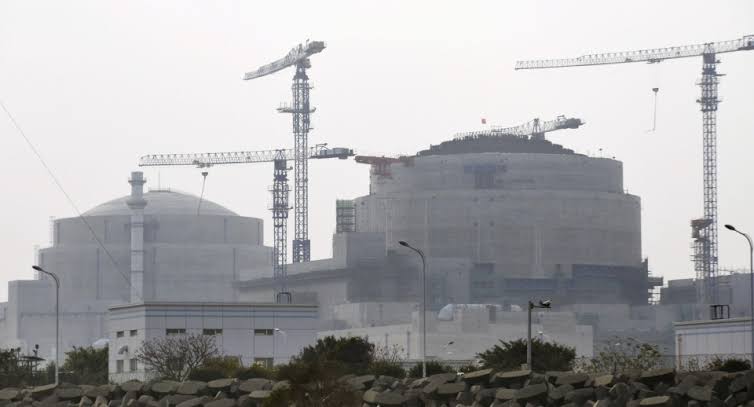China’s nuclear plants released tritium above Fukushima level in 2022

Chinese nuclear power plants released wastewater containing tritium in 2022 at levels up to nine times higher than the amount expected to be found in the planned annual discharge from Japan’s crippled Fukushima Daiichi complex, a public document showed Saturday.
China has criticized Japan for releasing “nuclear-contaminated water” into the Pacific Ocean from the Fukushima power plant while imposing a blanket import ban on all seafood products from the neighbouring country since the start of the discharge in August 2023.
According to the latest China Nuclear Energy Yearbook, radioactive materials were investigated in 2022 at a total of 19 monitoring points at 13 nuclear power plants, such as the Qinshan complex in the eastern province of Zhejiang.
The amount of tritium contained in the wastewater at 15 locations greatly surpassed the maximum annual limit of 22 trillion becquerels set for the treated water planned to be released from the Fukushima power plant, the yearbook said, noting that the Qinshan plant, for one, discharged around 202 trillion becquerels of tritium in 2022.
The Japanese government said the Fukushima nuclear power plant was releasing about 2.2 trillion becquerels of tritium annually before it suffered meltdowns following a devastating earthquake and ensuing tsunami in March 2011.
In July 2023, the International Atomic Energy Agency submitted a report to Japan, concluding that the Fukushima water discharge aligns with global safety standards, adding it will have a “negligible radiological impact on people and the environment.”
The treated water released from the Fukushima plant is diluted to reduce the tritium levels to less than one-40th of Japan’s national safety standards.




